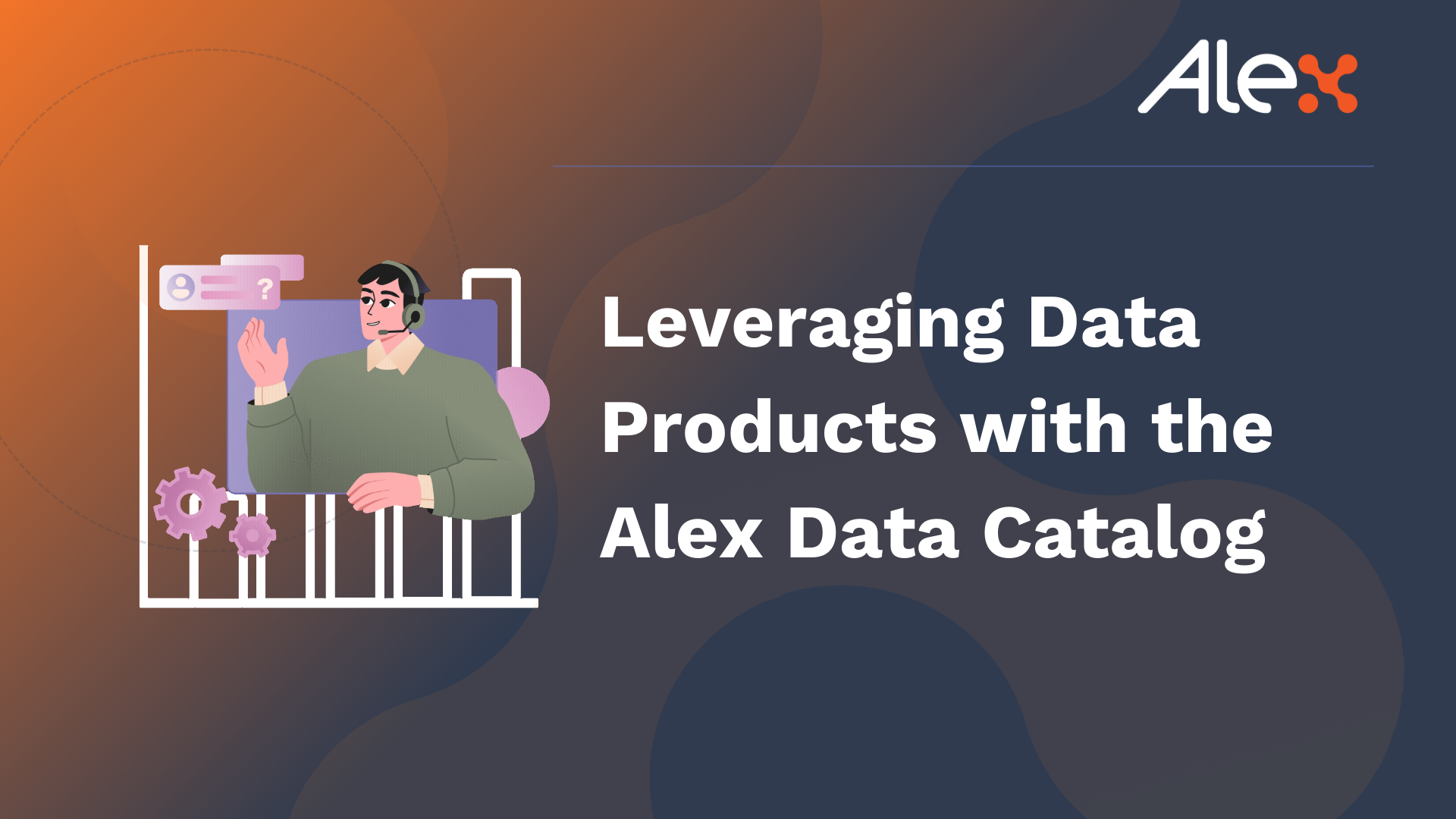In the sprawling landscape of modern enterprises, data architects carry significant responsibility: managing the intricate web of data flows, ensuring compliance, mitigating risks, and optimizing data quality and integration. Yet, within this labyrinth, they encounter multifaceted challenges that impede the seamless operation of these data ecosystems. Data lineage is an important tool for addressing and overcoming these challenges. In this blog, we will discuss how data lineage helps architects overcome common pitfalls.
Challenges of Data Lineage Faced by Enterprise Architects
Complex Data Ecosystems
Navigating through an enterprise’s data ecosystem resembles charting a course through a bustling metropolis without a map. Data architects grapple with the complexities arising from diverse sources, data silos, and intricate interconnections. Understanding the intricacies of these data ecosystems becomes paramount for effective management.
Ensuring Data Compliance and Governance
In an era where data privacy regulations evolve rapidly, maintaining compliance is a perpetual challenge. Enterprise architects must ensure that data handling practices align with stringent regulations like GDPR, HIPAA, or CCPA, along with internal governance and data Lineage policies. Failure to do so poses substantial legal and reputational risks.
Mitigating Risks and Errors
Data discrepancies or errors can quickly spiral into substantial business risks. Detecting the origin of such errors within vast data sets can feel akin to finding a needle in a haystack. Swift identification and rectification are imperative to mitigate potential financial losses or reputational damage.
Optimizing Data Quality and Integration
Integrating disparate datasets while maintaining high data quality levels is akin to solving a complex jigsaw puzzle. Mismatched data, inconsistencies, and inefficiencies hamper operational efficiency, affecting decision-making and organizational agility.
Let’s explore how the power of data lineage, particularly through automated solutions like Alex Solutions, creates clarity and eliminates these challenges.
How Automated Data Lineage Resolves These Challenges
Data Lineage improve Comprehensive Visibility Amidst Complexity
Automated data lineage platforms like Alex Solutions provide a comprehensive visual map of data flows and relationships within complex enterprise architectures. By leveraging this clear and detailed enterprise-wide overview, data architects can easily comprehend intricate connections, dependencies, and transformations across diverse data sources. This makes it easier, less risky and more efficient to integrate new tools into the data stack or conduct migrations.
Ensuring Compliance through Automated Tracking
Alex automates the tracking and documentation of data lineage, facilitating adherence to regulatory requirements and internal governance policies. This automation reduces manual efforts and ensures that data practices align with evolving compliance standards. Lineage can be utilized in detailed reporting directly to the regulatory authorities.
Swift Error Detection and Root Cause Analysis
With Alex Solutions, pinpointing errors becomes more efficient. Such automated lineage can swiftly trace data origins and transformations, enabling data architects to identify discrepancies, analyze root causes of quality or other issues, and rectify errors promptly, thereby minimizing potential risks and ensuring data accuracy.
Streamlined Data Quality Management and Integration
Alex automated data lineage streamlines data quality management by providing real-time insights into data discrepancies or inconsistencies. This enables data architects to address quality issues proactively, facilitating seamless integration and maintaining data integrity across systems.
Embracing the Data Lineage Advantage
In the intricate tapestry of enterprise data management, the power of automated data lineage can’t be overstated. Addressing the challenges faced by enterprise architects and other data professionals, automated solutions like Alex offer a transformative approach. By providing comprehensive visibility, ensuring compliance, facilitating error detection, and streamlining data quality management, data lineage becomes the cornerstone of effective enterprise data governance.




